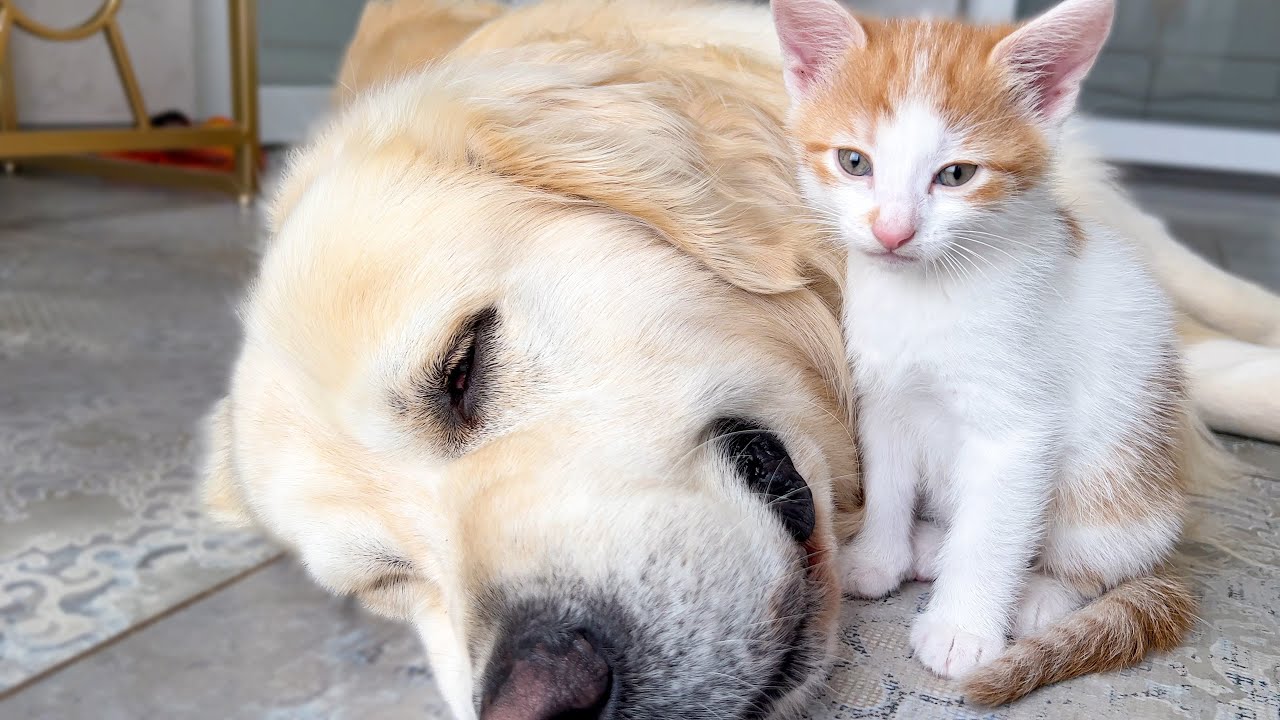From Compliant to Competent: Hand Techniques in Golden Retriever obedience training
Introduction
Owning a Golden Retriever can be a joyful experience, but it also comes with the responsibility of training them to be well-behaved and obedient companions. Hand techniques play a crucial role in the training process, as they aid in building a stronger bond between the trainer and the dog, and help in effective communication. In this article, we will explore the importance of hand techniques in Golden Retriever obedience training and provide insights on how to use them effectively.
Understanding Hand Techniques
Hand techniques involve using gestures or signals with the hands to convey commands or cues to the dog. Dogs are highly perceptive animals and can quickly grasp the meaning behind different hand movements. This makes hand techniques an invaluable tool in training Golden Retrievers.
The Benefits of Hand Techniques
1. Enhanced Communication: Golden Retrievers are intelligent dogs, but their ability to understand verbal commands alone may be limited. Incorporating hand techniques helps in conveying messages more clearly and efficiently, reducing confusion and increasing the likelihood of the dog obeying commands.
2. Bonding and Trust-Building: Training sessions that utilize hand techniques strengthen the bond between the dog and the trainer as they require physical proximity and engagement. This helps to establish trust, respect, and cooperation, all essential elements of successful obedience training.
3. Visual Reinforcement: Dogs are visual learners, and often, they respond better to visual cues than verbal instructions. Hand techniques provide a visual reinforcement that aids in faster learning and retention of commands.
4. Distracting Environments: In situations with high levels of distractions, such as parks or busy streets, hand techniques can help redirect the dog’s attention and keep them focused on the trainer.
Types of Hand Techniques
1. Hand Signals: Hand signals involve using specific hand movements, typically paired with verbal commands, to teach the dog a particular behavior. For example, raising an open palm upwards can be associated with the “sit” command, while an extended arm pointing forward may indicate to “stay”.
2. Hands-On Guidance: Physical touch can aid in teaching and reinforcing desired behaviors. Gentle guiding through hand placement on the dog’s body, such as using a hand to guide them into a proper heel position, can be effective in teaching them where they need to be.
3. Hand Rewards: Pairing hand techniques with positive reinforcement, such as treats or praise, can further motivate the dog to perform the desired behavior. For instance, using a hand sign for “shake” while rewarding the dog with a treat for extending their paw.
Guidelines for Effective Hand Technique Training
1. Consistency is Key: Ensure that hand signals and gestures are consistent across all training sessions so that the dog can establish a clear association between the command, the hand movement, and the expected behavior.
2. Start Simple: Begin with basic hand signals and gradually introduce more complex ones as the dog becomes more proficient and comfortable with the training process.
3. Practice in Different Environments: Train your Golden Retriever in various settings to help them generalize the hand techniques and respond to commands under different distractions.
4. Patience and Positive Reinforcement: Rewarding the dog with treats, praise, or play for correctly interpreting and responding to hand techniques is essential. Positive reinforcement helps create a positive association with both the training process and the specific commands.
Conclusion
Hand techniques in Golden Retriever obedience training are invaluable tools that enhance communication, build trust, and facilitate an effective learning process. By incorporating consistent hand signals, guidance, and rewards, trainers can not only teach their dogs valuable commands but also strengthen the bond they have with their furry companions.
FAQs
Q: How long does it take for a Golden Retriever to learn hand techniques?
A: The learning curve for hand techniques varies from dog to dog. Some Golden Retrievers may learn quickly, while others may take a bit longer. Consistency, positive reinforcement, and patience are key to successful training.
Q: Can hand techniques be used with other dog breeds?
A: Absolutely! While this article focuses on Golden Retrievers, hand techniques can be effectively utilized with many other dog breeds. Dogs, in general, respond well to visual cues and learn from physical gestures.
Q: Should I solely rely on hand techniques for obedience training?
A: Hand techniques are a powerful tool, but they should be used in conjunction with verbal commands, positive reinforcement, and other standard training techniques for comprehensive obedience training.
References
1. Dunbar, I. (1998). Dog Behavior: Why Dogs Do What They Do. Howell Book House.
2. Stilwell, V. (2009). It’s Me or the Dog: How to Have the Perfect Pet. Orion Publishing Co.
3. American Kennel Club. (2021). Golden Retriever Breed Information. Retrieved from https://www.akc.org/dog-breeds/golden-retriever/
















